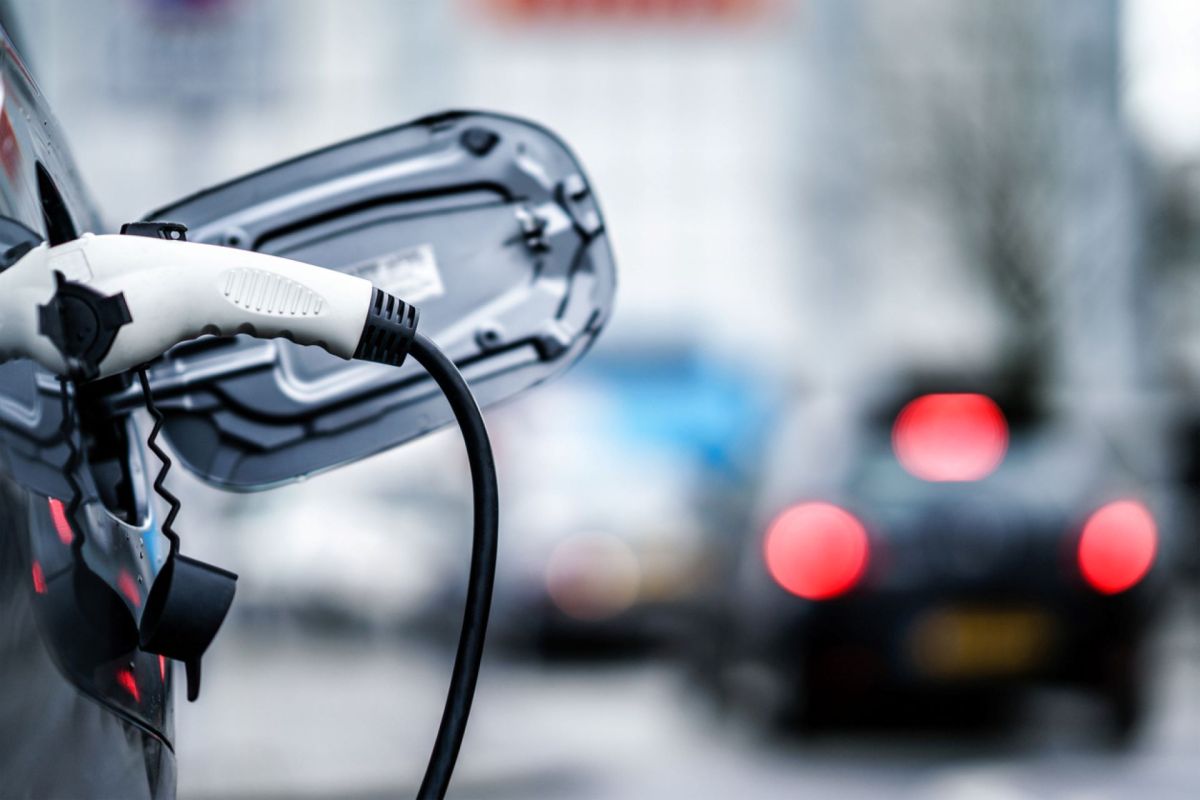Graphene has been heralded by the European Parliament, universities, and other institutions as a "wonder material" that could impact multiple industries.
It's very light and extremely strong. Better yet, the conductive material helps improve battery tech.
Made of a single layer of carbon atoms, graphene — which the EP says is a million times thinner than a human hair — is poised to transform the electric vehicle landscape, according to AZoNano, a site reporting on nanotechnology.
The report listed fire safety and better energy efficiency as benefits, with the potential to charge EV batteries in minutes, not hours.
The EP stated that graphene (discovered in 2004) is the thinnest material ever created. A Harvard blog added that it is formed by a connected lattice of carbon atom hexagons and is derived from graphite, just like the kind in pencils.
AZoNano highlighted its advantages over common lithium-ion batteries now powering our rides, and safety might be chief among them. Graphene will "dissipate" heat better during the charge/discharge cycle, limiting the risk of overheating and fires.
A lighter weight and an environmentally friendly production method that reduces energy consumption are other potential perks listed. The production process, however, is still being developed. The Harvard report cited a project using a "plasma gun" to produce graphene as one option being explored.
"Science is the easy part. To develop a technology, you should know what products you are aiming at, and this should be coming from the industry," graphene co-discoverer and Nobel Prize laureate Konstantin Novoselov said on the EP's website, which noted bendable smartphones and extremely light planes as other products that could be made with graphene.
NASA is even exploring batteries made with a special kind of graphene with holes in it, allowing air to pass through. The material is lightweight and highly conductive, according to its experts. The goal is for the batteries to power electric aircraft.
There are still some challenges to work through before graphene batteries are mainstream for EVs, including "scalability of graphene production, cost-effectiveness, and integration into existing battery manufacturing processes," Taha Kahn wrote for AZoNano.
But, Kahn is optimistic about the research.
"It is expected that the integration of graphene EV batteries will become more practical and economically viable in the coming years," Kahn added.
Join our free newsletter for weekly updates on the coolest innovations improving our lives and saving our planet.









